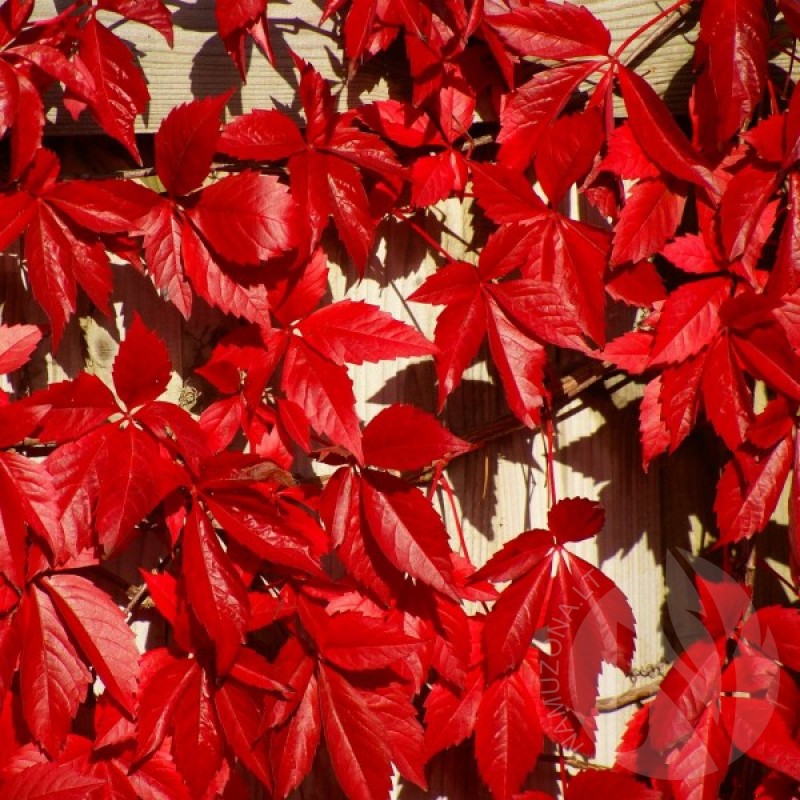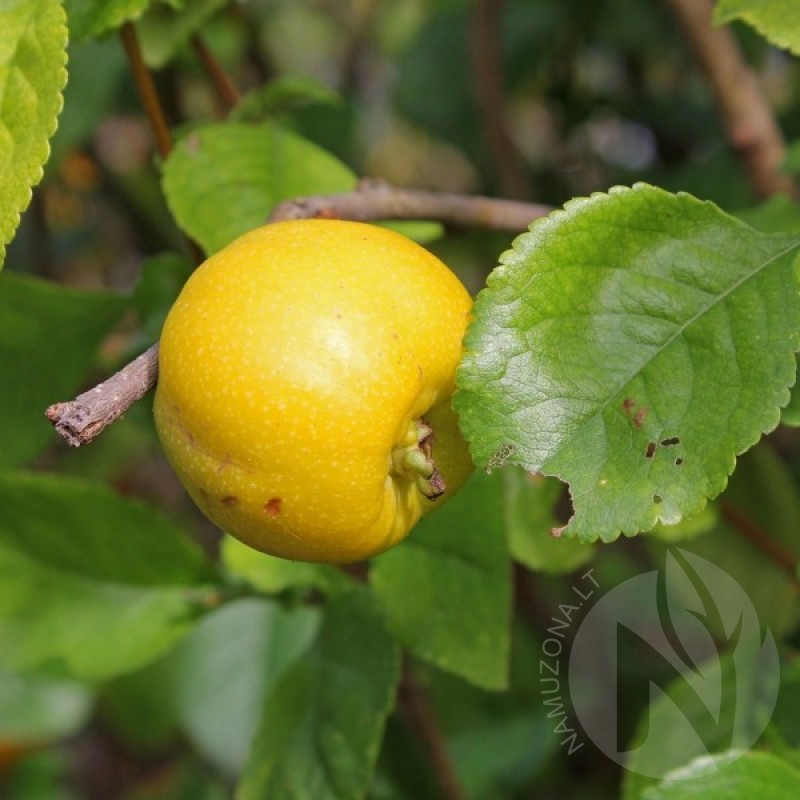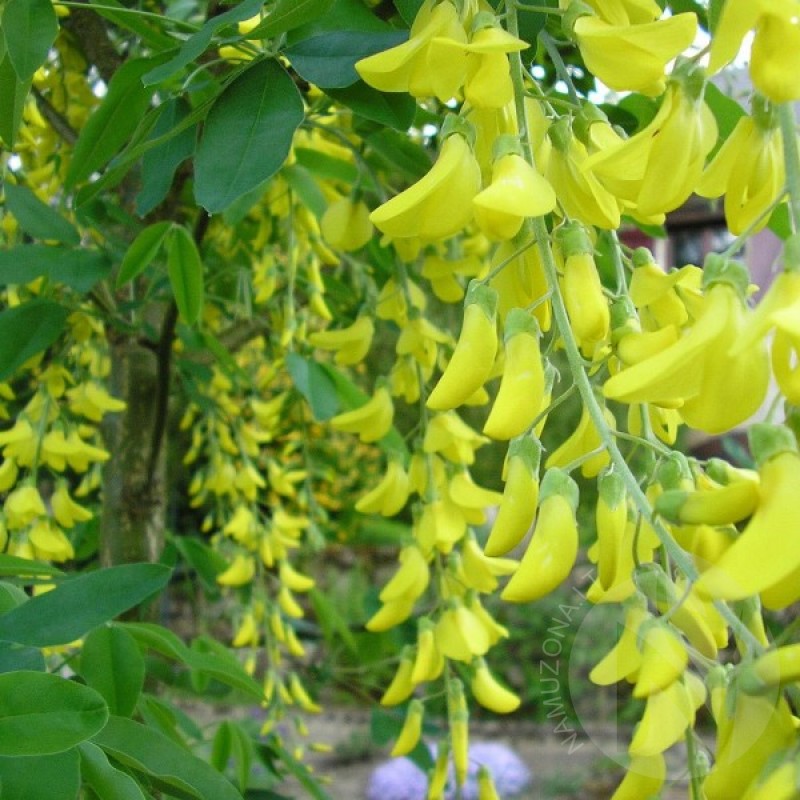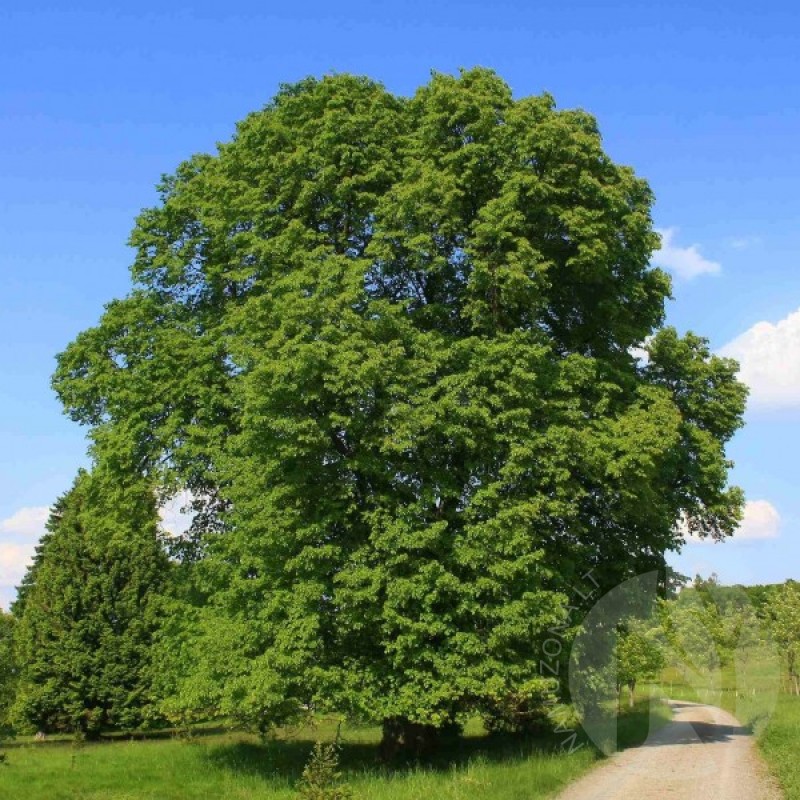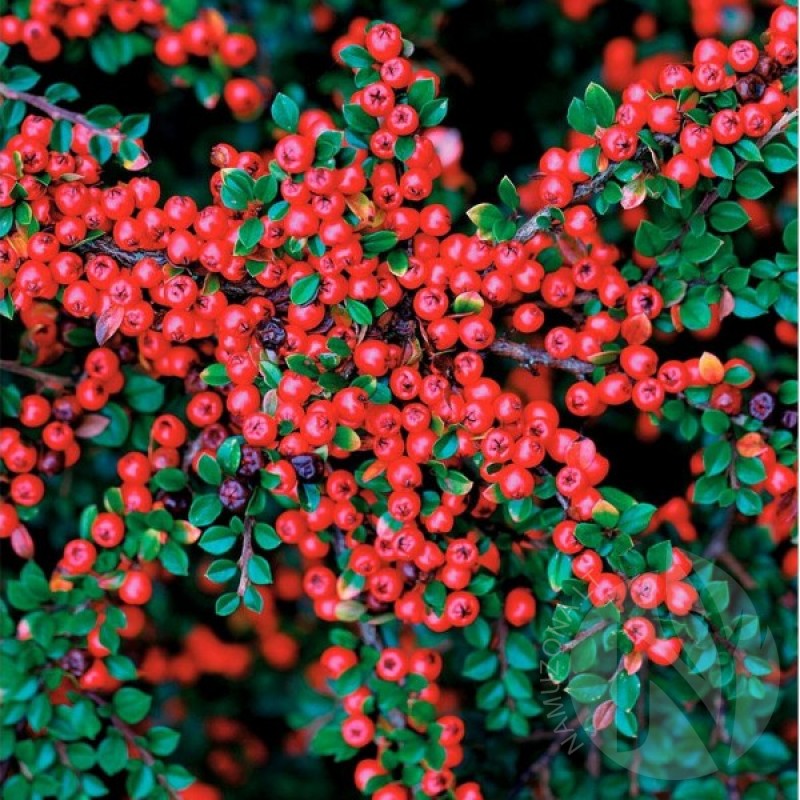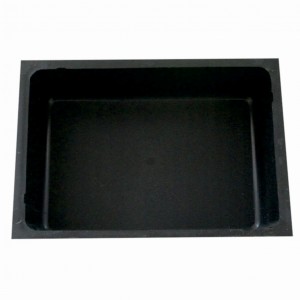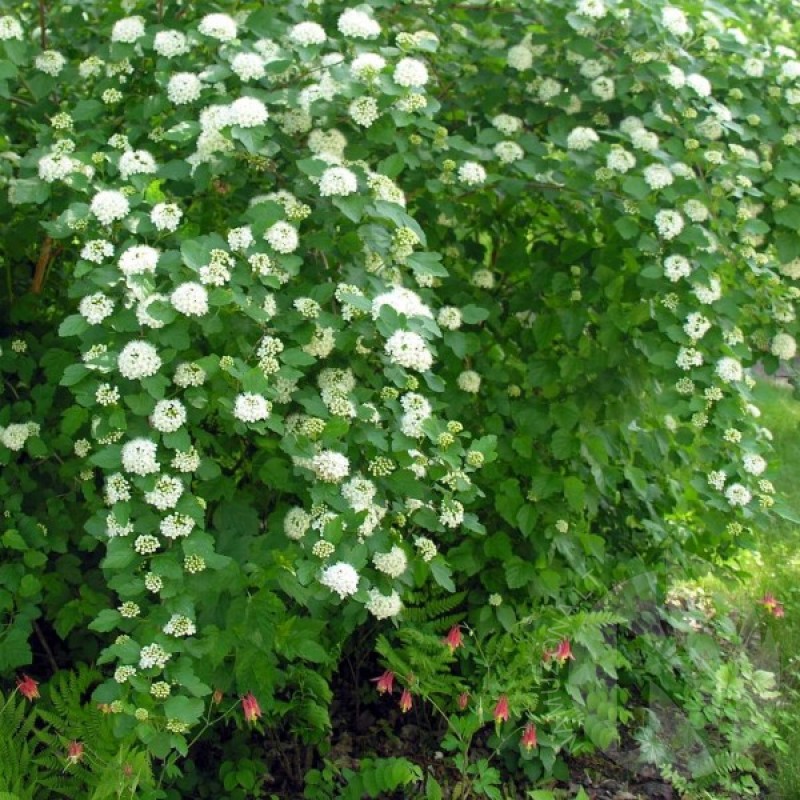
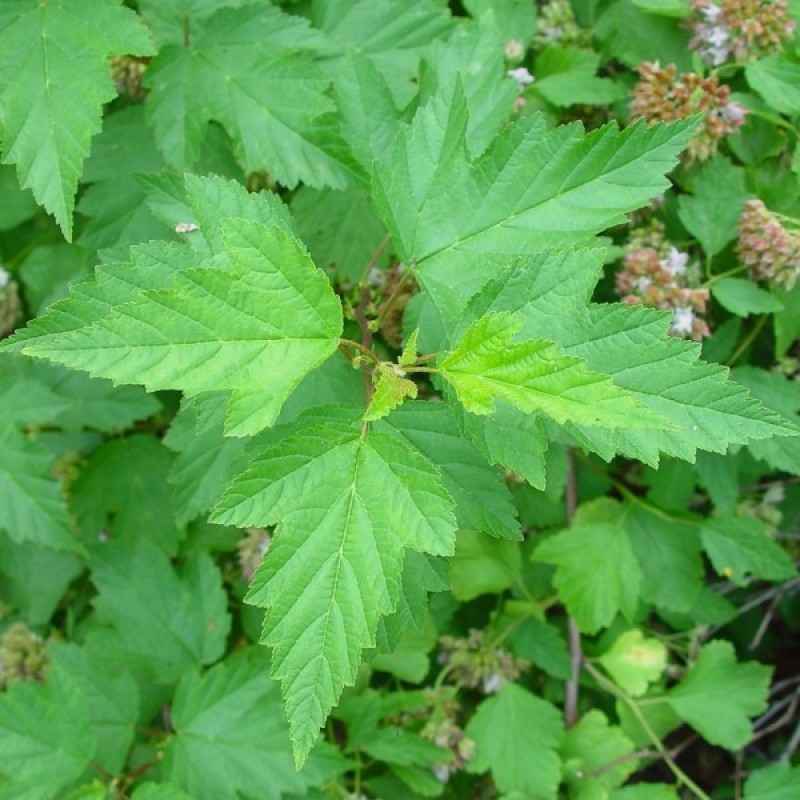
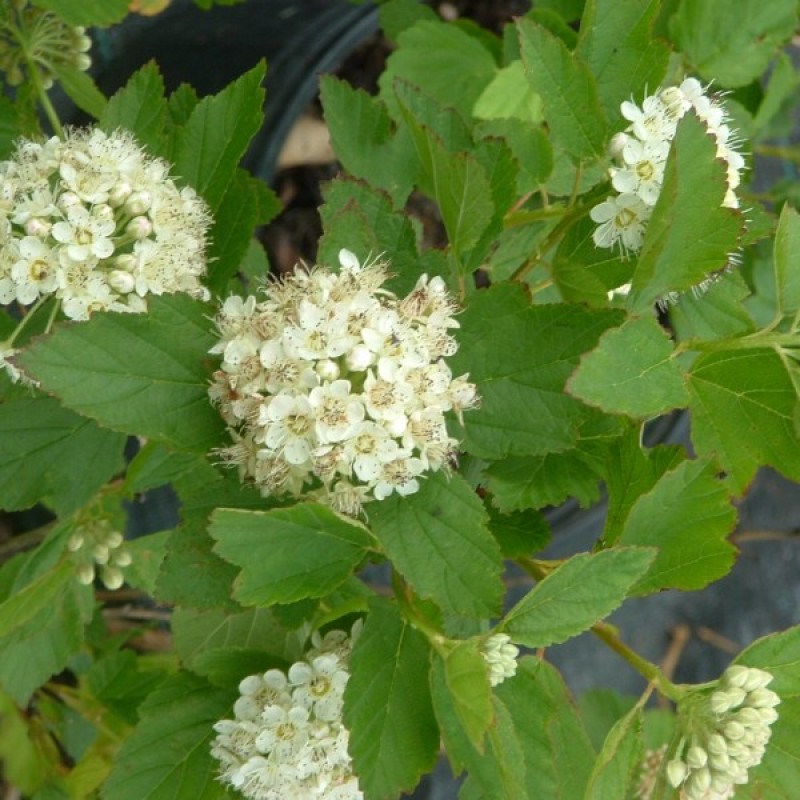

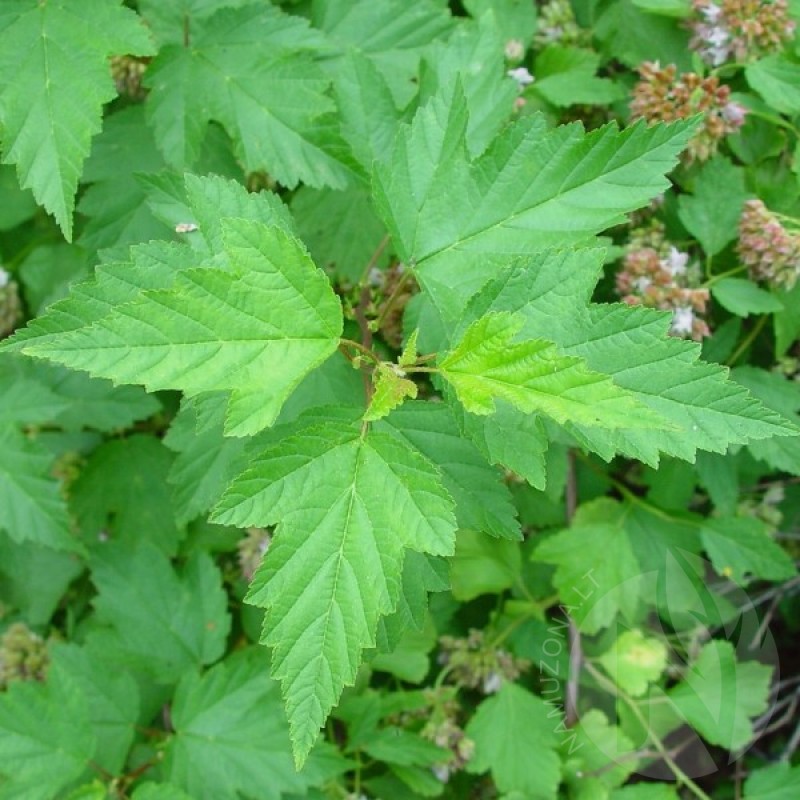
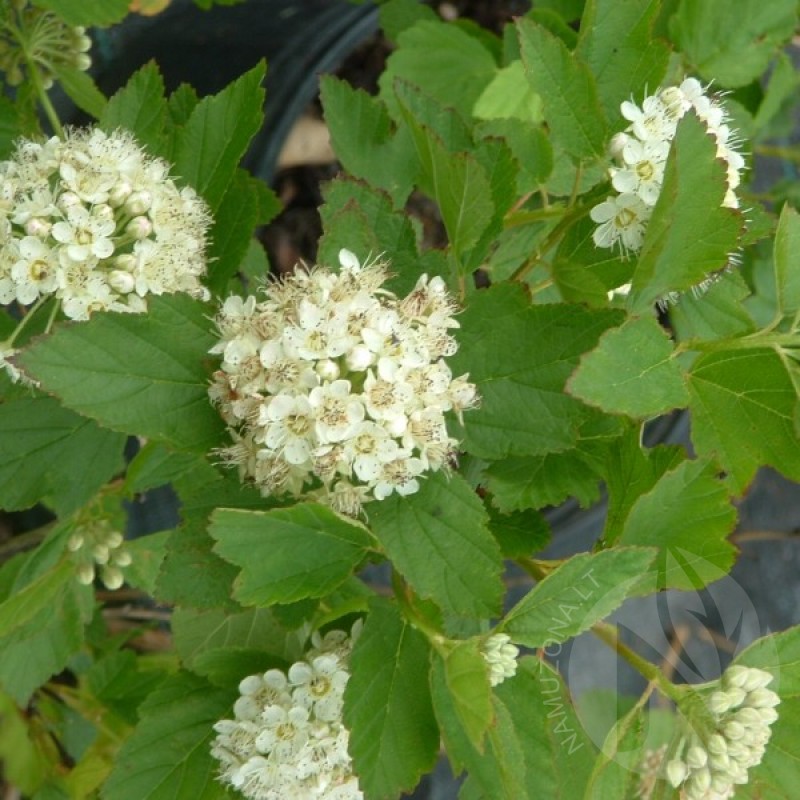
PAY ATTENTION!
All seeds (except SOLD OUT) are available for immediate shipping and will be dispatched within 1-2 business days.
INFORMATION NEEDED? PLEASE CONTACT US NOW!
Ninebark is a hardy deciduous shrub with long-lasting flowers and fruits and exfoliating bark. This native of the eastern United States suckers and has an irregular habit and informal look but tough constitution. In the wild it exists along the fields and forest margins of uplands and lowlands.
The small lobed leaves of ninebark are typically dark green and turn shades of yellow and bronze in fall. In late spring or early summer it bears conspicuous clusters of small white or pale pink flowers, which are attractive to many insect pollinators. The flowers are followed by small oval fruits that turn from green to red. After leaf fall its exfoliating brown bark takes center stage. (Info Source: Learn2Grow.com)
Genus - Physocarpus
Species - Opulifolius
Common name - Atlanta Ninebark
Pre-Treatment - Required
Hardiness zones - 2 - 7
Height - 5'-10' / 1.50 - 3 m
Spread - 6'-12' / 1.80 - 3.70 m
Plant type - Medium shrub
Vegetation type - Decidious
Exposure - Full Sun, Partial Sun
Growth rate - Fast
Soil PH - Acidic, Neutral, Alkaline
Soil type - Clay, Loam, Sand
Water requirements - Drought Tolerant, Average Water
Landscape uses - Foundation, Hedges, Mixed Border, Screening / Wind Break
Bloom season - Late Spring, Early Summer
Leaf / Flower color - Green / White
GERMINATION INSTRUCTIONS
1. Soak the seeds in water overnight
2. Place the seeds in a moist material such as milled sphagnum peat, sterile soil or vermiculite.
3. Refrigerate the seeds for 2-3 months at 33 to 41 degrees Fahrenheit (+2 – +4C).
4. After the seeds are stratified, plant them no more than one-quarter inch deep in a container filled with a moist, well-drained germination medium. Cover with glass or plastic and keep the container moist, but not soggy. Seeds should germinate in 3 to 4 weeks at 70 to 75 degrees Fahrenheit bottomheat. As soon as the seeds germinate, place them under bright lights or move them to a greenhouse or cold frame.
Another method is to plant seeds outdoors in well prepared beds in October or before the winter. If it does not rain, then water the seedbeds before the ground freezes. The seeds will naturally receive cold treatment during the winter. The seeds should start to germinate when the seedbed warms up in the spring.
When large enough to handle, prick the seedlings out into individual pots and grow them on in a cold frame for their first winter. Plant out in late spring.
Atsiliepimų apie šią prekę kol kas nėra.
No questions about this product.

